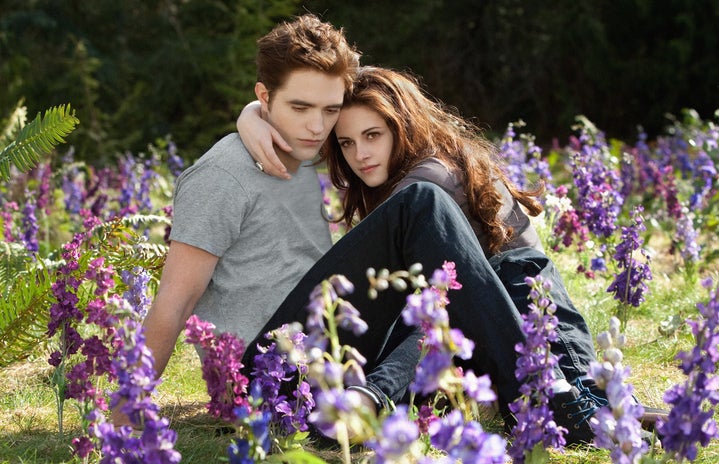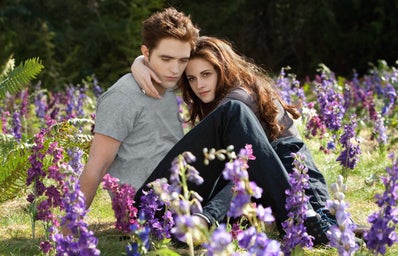Having fallen into an obsession with everything late-2000s that I missed out on as a kid this quarantine, I decided it was finally time to read Twilight. Not only does it give me an excuse to think about Robert Pattinson in various romantic scenarios (love), but it gives me a chance to finally understand the years of hype around the series…and what followed. The cultural impact Twilight had was unlike that of any other YA franchises that came after it— The Hunger Games or The Maze Runner, for example— because any positive reception it had was overshadowed by negative press. People and media outlets acted like its popularity was the herald of the end for literature, so, judging by the vehement hatred it attracted, one would expect it to be horrible… but it’s not. At all, really. Even the first film, for all its 2008 cheesiness, has its charms. So, what gives?
Though the aforementioned Hunger Games series was targeted towards young adults with a female protagonist and a love triangle, it separated itself from Twilight by not specifically aiming for a female audience. Twilight is not only intended for teenagers after all; it’s intended for teenage girls. Of course, its fans were just that. They enjoyed fantasizing about their vampire boyfriends and the romantic things he would say to them through Bella, they swooned over Edward’s sparkling abs, they enjoyed reading and watching Bella’s life because it was written for them to understand and relate to. Is it possible that the strong female perspective the story was presented through alienated men who were used to consuming media created by and for them?
It wasn’t only men mocking Meyer’s work though. It was often women and girls who did the same. Overwhelmingly so. Writer Constance Grady reflects about the Twilight era in Vox saying that: “… [she] clearly found Twilight really compelling when [she] was 19, and [she] was mad about that, because smart girls weren’t supposed to like books and movies like Twilight. There’s a weird, creepy eroticism to those books that is calibrated to speak precisely to the sexual and romantic fantasies of teenage girls, and [she] was a teenage girl. It did speak to [her]. And that pissed [her] off.” It’s not that what Meyer wrote about was inherently bad, it was that she wrote about topics a patriarchal society dismisses as trivial and unimportant, likely because of the demographic that enjoys them. When traditional feminine interests such as liking makeup or fashion have been dubbed shallow, many girls have attempted to stray away from those stereotypical characteristics by swearing that they’re, “not like other girls.” This is because when you’re young, many will do and say whatever it takes to be perceived as ‘cool’, and in result, you tend to distance yourself vehemently from anything that might make people think less of you. In the late 2000s, that thing was Twilight.
It’s not that the franchise is perfect, but it was never bad enough to warrant all the bad press it received. We can fault that largely to misogyny… internalized or otherwise. It’s 2021— let’s reexamine the cult-like hatred of everything made for teenage girls, starting with all those cheesy teen romance novels we used to denounce.



